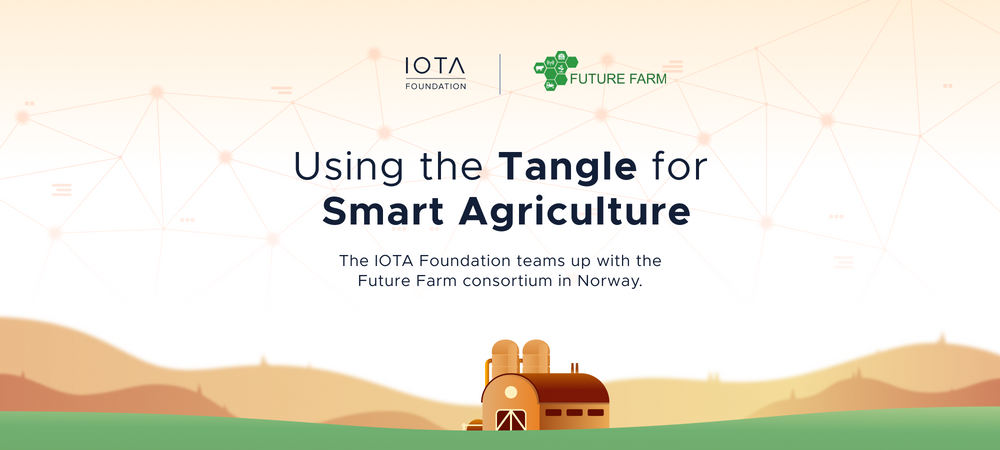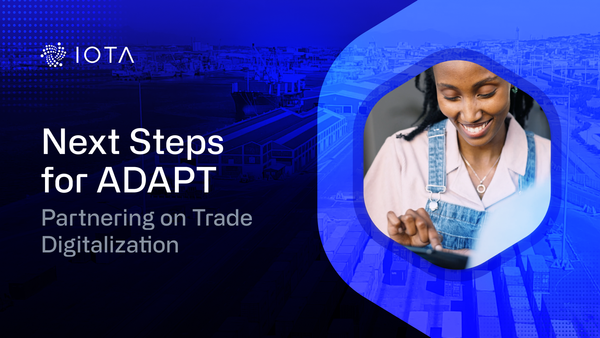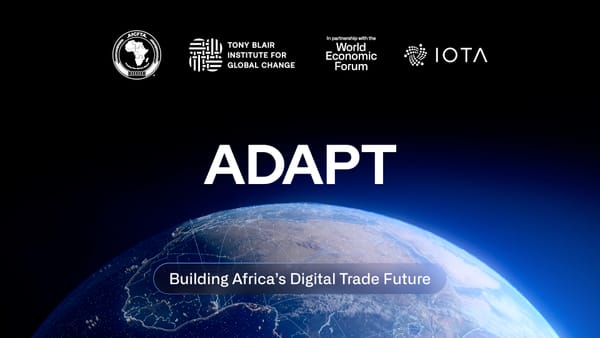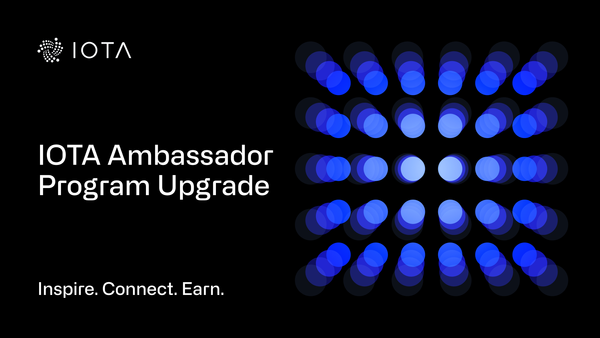Using the Tangle for Smart Agriculture: The IOTA Foundation Teams Up With Future Farm Consortium in Norway

Tracking the farmer’s round bales is important for the climate and the economy (see demo).
Every project has its surprises. Working with the dairy sector in Norway is no different. The fundamental principle in our collaboration is fairly simple: to utilize the Tangle, IOTA’s underlying data structure, to create a new data infrastructure for a shared truth and higher transparency among all parties in the dairy industry.
The project spans from grass production to the consumers’ glass of milk. All actors collaborate closer than ever before and use data from the full production cycle to optimize quality and save costs. The Tangle becomes the authenticator of each actor’s input (data set) and takes the role of a data pipeline for each actor to share and capture the data. A positive value is created once an ecosystem starts to behave as one organization with full visibility on all events and relevant data is generated by each ecosystem partner.
The initial drive was to ensure full transparency of all input in the process from the grass to a glass of milk. The expectation was to enhance understanding of how a glass of milk is most effectively produced. We linked the following data to advise on the most efficient production process across the many stakeholders involved:
- Data from the fields, the fertilizers used, and the quality of the round bales of grass.
- Data from the individual cows consuming the fodder.
- Data with the quality and quantity of the milk produced.
The potential for additional gains is enabled by shared access to data. The visibility of the quality of fodder (the round bales of harvested grass) enables better prediction of the milk quality produced at every farm, which can ultimately impact the logistics planning of pick-up milk trucks (as milk is organized and stored accordingly to different levels of quality). Better logistics planning can potentially mean less time and costs spent! Ensuring a better quality of the fodder reduces the number of methane emissions from the cows by up to 30 percent. In conclusion, efficiency gains combined with other options for better planning will deliver economic gains and associated gains in terms of lower emissions and energy use for the whole sector.
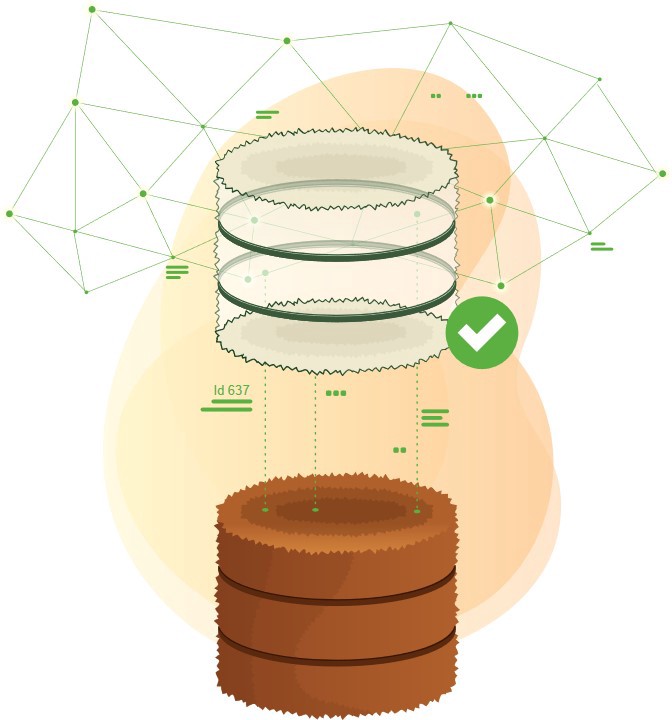
Having oversight of the total round bale market will also allow for earlier and better planning during seasonal times. History has shown that the fear of lacking enough fodder can lead to farmers slaughtering some of their animals. Future Farm’s working thesis is that creating a marketplace for round bales will have risk mitigation effects and a positive impact on productivity across the industry.
As a technologist, it is mind-blowing to realize two key conclusions:
- Distributed ledger technology is indeed all about ensuring data trust and better collaboration with exponential value created.
- The real challenge is how to integrate the solution along the full value chain of the farmers and all stakeholders involved. The true power of digital is not so much about software, but about engaging all actors and making them share and use information.
As representatives of the software side, one of our core missions is to lower the access barriers and make the technology as easy as possible to access and work with. This is one of the core values of the IOTA Foundation: to guarantee the value of an open-source solution and the importance of feeless transactions as a critical enabler of data ecosystems.
Future Farm engaged with the IOTA Foundation to set up a demo model that can illustrate to all members of the alliance how distributed ledger technologies work and how it can enable collaboration. This project is as much a piece of stakeholder communication as it is a showcase of technology. We built a system that organizes and tracks all input into a grass field and carries that data forward with the digital twins of the round bales. Data comes from different suppliers of fertilizers, silage additives, and more, including laboratory results on the quality. We use layers of MAM channels to organize each field and supplier’s input, resulting in the creation of digital twins of each round bale.
Preparing each round bale as an asset that can be managed digitally opens up collaboration and a number of new business models. It enables a national marketplace for round bales, and it provides data points for the industry and individual actors, such as dairy companies that can use full traceability in their planning and productivity measures. The demo can be accessed here: https://future-farm.iota.org
FutureFarm is an interesting example of an ecosystem as it brings together the majority of actors involved in producing milk in Norway. Such a comprehensive collaborative ecosystem provides member companies of FutureFarm a global competitive advantage. I always say that DLT is a team sport and, in this case, it is the national premier league teams that have organized themselves in Norway.
We look forward to taking these learnings to the next level and working towards a production-ready setup. This is to the benefit of the involved companies in Future Farm, the farmers, the consumers, and the climate.
For the Norweigan-speaking community
NRK — the largest media organization in Norway, reported on Future Farm on a national news broadcast. You can see the video here:https://lnkd.in/geuV63M
In addition, they also published an article about Future Farm on their webpage. You can read it here: https://www.nrk.no/innlandet/forskning-skal-gi-smartere-bonder-1.14769671
Follow us on our official channels for the latest updates:
Discord | Twitter | LinkedIn | Instagram | YouTube

